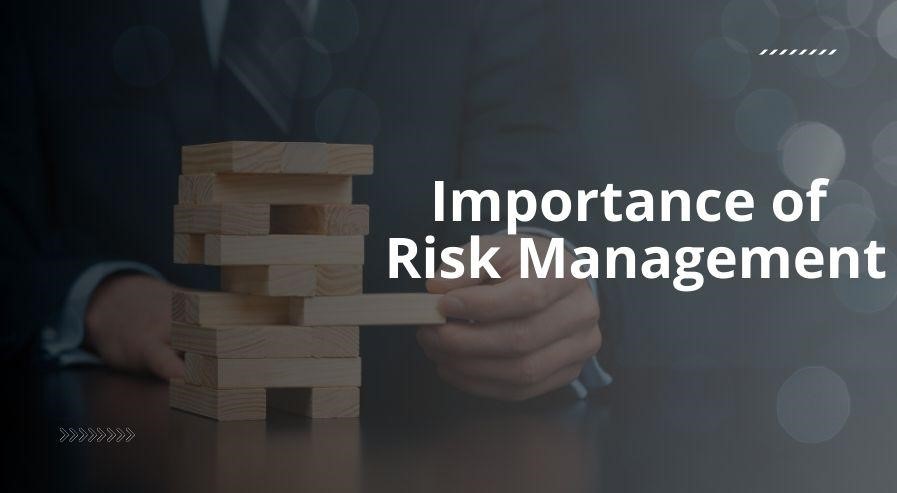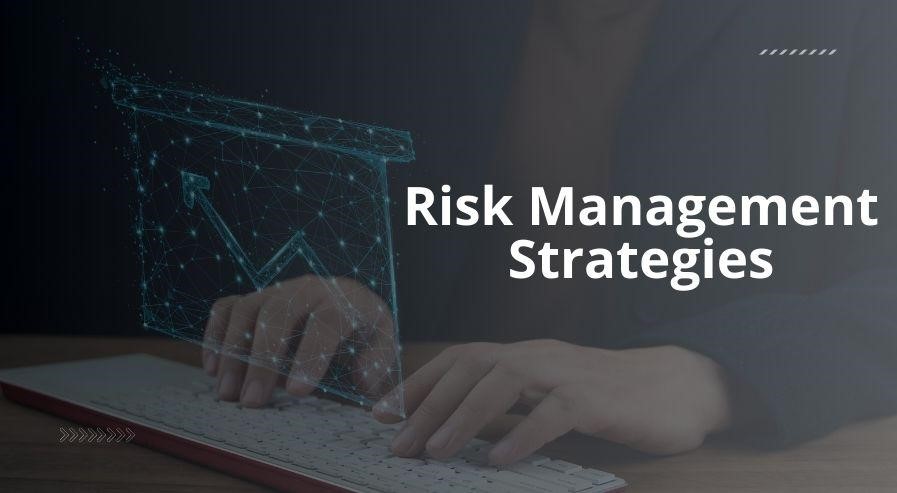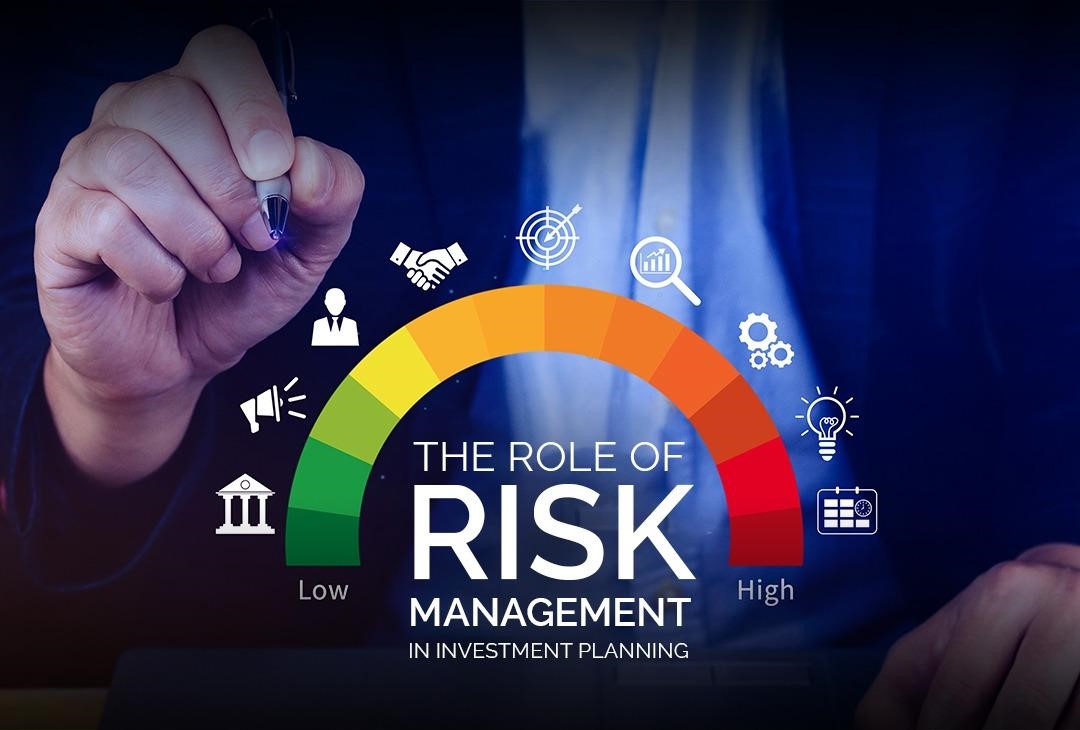In the world of investments, risk is an inevitable companion. Every decision, no matter how small, carries some level of uncertainty. This is where financial risk management comes into play. It involves a systematic approach to identifying potential risks in any investment decision and determining whether to accept these risks or take measures to mitigate them.
As markets evolve and economic conditions fluctuate, risk management becomes an ongoing process, requiring investors to continuously reassess their strategies. By effectively managing risk, investors can protect their portfolios and maximize their potential returns.
Importance of Risk Management

Risk and return are two sides of the same coin. The relationship between the two is fundamental to the investment process. While a higher level of risk often comes with the promise of higher returns, it also increases the potential for significant losses.
Therefore, risk management is crucial—it allows investors to balance the pursuit of rewards with the necessity of safeguarding their capital. By strategically managing risk, investors can navigate the complexities of the financial markets with greater confidence and stability.
Overview of Risk Types
Understanding the various types of risks that can impact investments is a critical component of effective risk management.
These risks can be broadly categorized into market risk, credit risk, liquidity risk, currency risk, inflation risk, geopolitical risk, longevity risk, horizon risk, and reinvestment risk. Each type of risk has distinct characteristics and implications for an investment portfolio.
- Market Risk: This is the risk of losses due to factors that affect the overall market, such as economic downturns, political instability, changes in interest rates, or shifts in consumer behaviour (This risk can be lowered by investing in geographies other than your home country).
- Credit Risk: Credit risk refers to the possibility that a government entity or corporation issuing a bond may encounter financial challenges, preventing it from paying interest or repaying the principal amount upon maturity. This type of risk is relevant to debt investments like bonds Investors can manage this risk by diversifying, analyzing credit ratings, and conducting due diligence before investing.
- Liquidity Risk: This refers to the risk that a company or investor may not be able to quickly convert assets into cash without incurring significant losses.
- Currency Risk: This is the risk of losses due to fluctuations in exchange rates. It is particularly relevant for investors who hold foreign assets or invest in companies that derive a significant portion of their revenue from foreign markets.
- Inflation Risk: This is the risk that the purchasing power of an investment will erode over time due to rising prices. It is particularly relevant for fixed-income investments such as bonds.
- Longevity Risk: The risk of running out of retirement savings. For instance, if you retire at 65 expecting your funds to last until 85 but live to 95, you may run out of money. It’s important to invest in assets that ensure a consistent income over a longer period. (While it would vary from country to country on an average spending 4% of your AUM annually does minimize the Longevity Risk).
- Horizon Risk: This involves the potential need to shorten your investment timeline unexpectedly, which may compel you to sell assets sooner than planned. Situations like losing a job or facing medical issues can force early sales, resulting in losses or reduced returns.
- Geopolitical Risk: This is the risk of losses due to political events or instability in specific regions or countries. It can impact investments in stocks, bonds, or commodities.
- Reinvestment risk is the danger of earning less interest when reinvesting money from maturing bonds or interest payments at lower rates. For example, if you bought a 5% bond and rates fall to 4%, reinvesting the interest will earn less. This risk doesn’t apply if you plan to spend the money instead of reinvesting it.
Strategies for Risk Management

When constructing an investment portfolio, it’s essential to assess potential risks and devise a comprehensive strategy for managing them. Effective risk management combines various approaches that work in harmony to safeguard the investor’s portfolio against potential losses.
- Risk Tolerance Assessment: Understanding an investor’s risk tolerance is essential for developing an appropriate risk management strategy. It involves assessing an investor’s willingness and ability to accept risk.
- Diversification: This is one of the most fundamental principles of risk management. It involves spreading investments across various asset classes, industries, and geographical regions to reduce exposure to any single risk.
- Asset Allocation: This is the process of determining the right mix of assets in a portfolio based on an investor’s risk tolerance, financial goals, and time horizon. By strategically allocating assets across different categories—such as equities, bonds, and cash—investors can achieve a balance that suits their risk appetite.
- Hedging: This is a more sophisticated risk management strategy that involves making investments designed to offset potential losses in the main portfolio. For instance, an investor who holds a large position in a particular stock might buy put options on that stock as a form of insurance.
- Risk Tolerance Assessment: Understanding an investor’s risk tolerance is essential for developing an appropriate risk management strategy. It involves assessing an investor’s willingness and ability to accept risk.
- Regular Monitoring and Rebalancing: Risk management is an ongoing process that requires regular monitoring of investments and periodic rebalancing to ensure that the portfolio remains aligned with the investor’s risk tolerance and financial goals.
Conclusion
Risk management is an indispensable part of investment planning. By understanding the different types of risks and employing strategies such as diversification, hedging, and asset allocation, investors can protect their portfolios from significant losses while still pursuing growth opportunities.
Effective risk management not only preserves capital but also enhances the likelihood of achieving long-term financial goals. In an unpredictable world, prioritizing risk management is essential for navigating the complexities of the financial markets with confidence and resilience.




